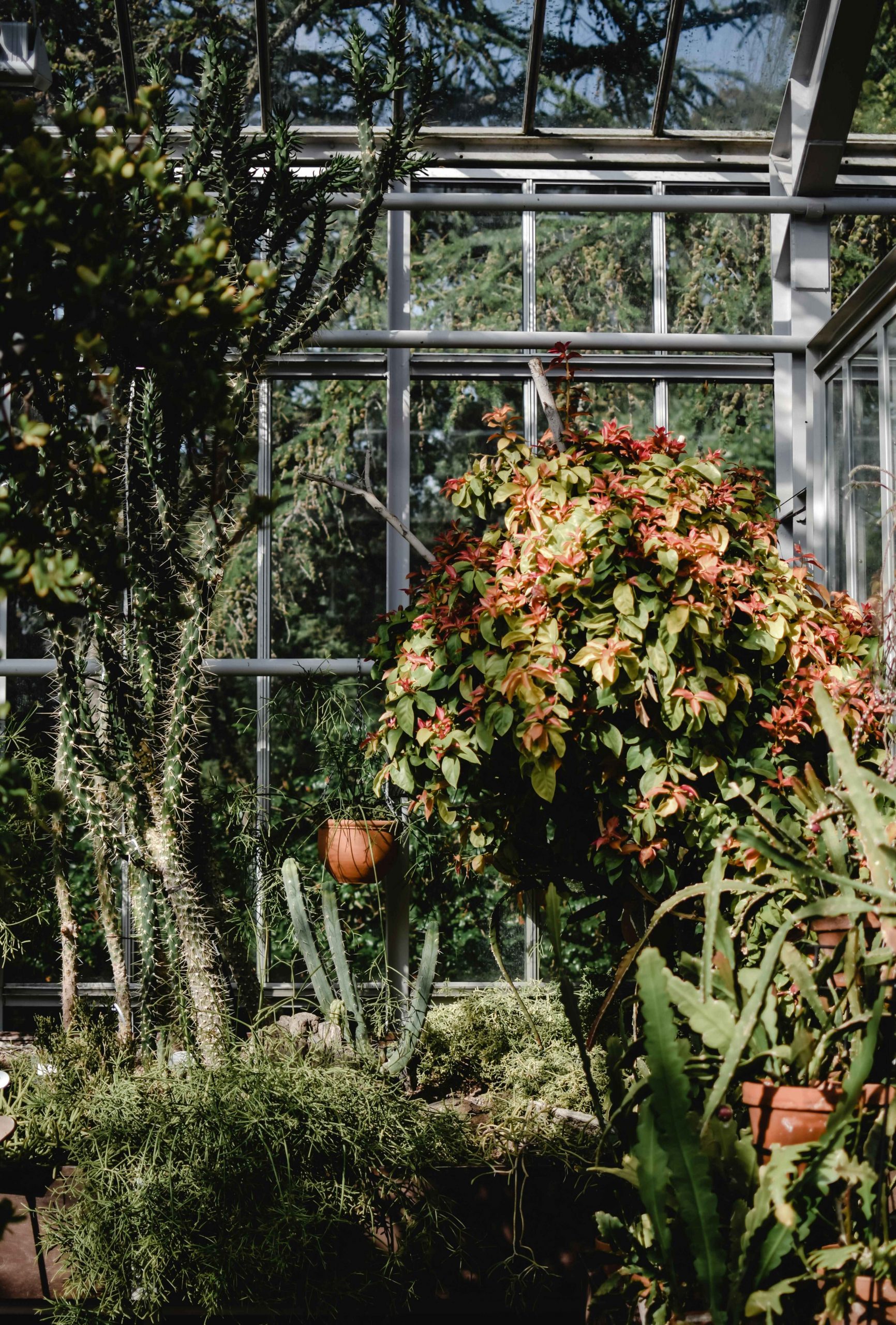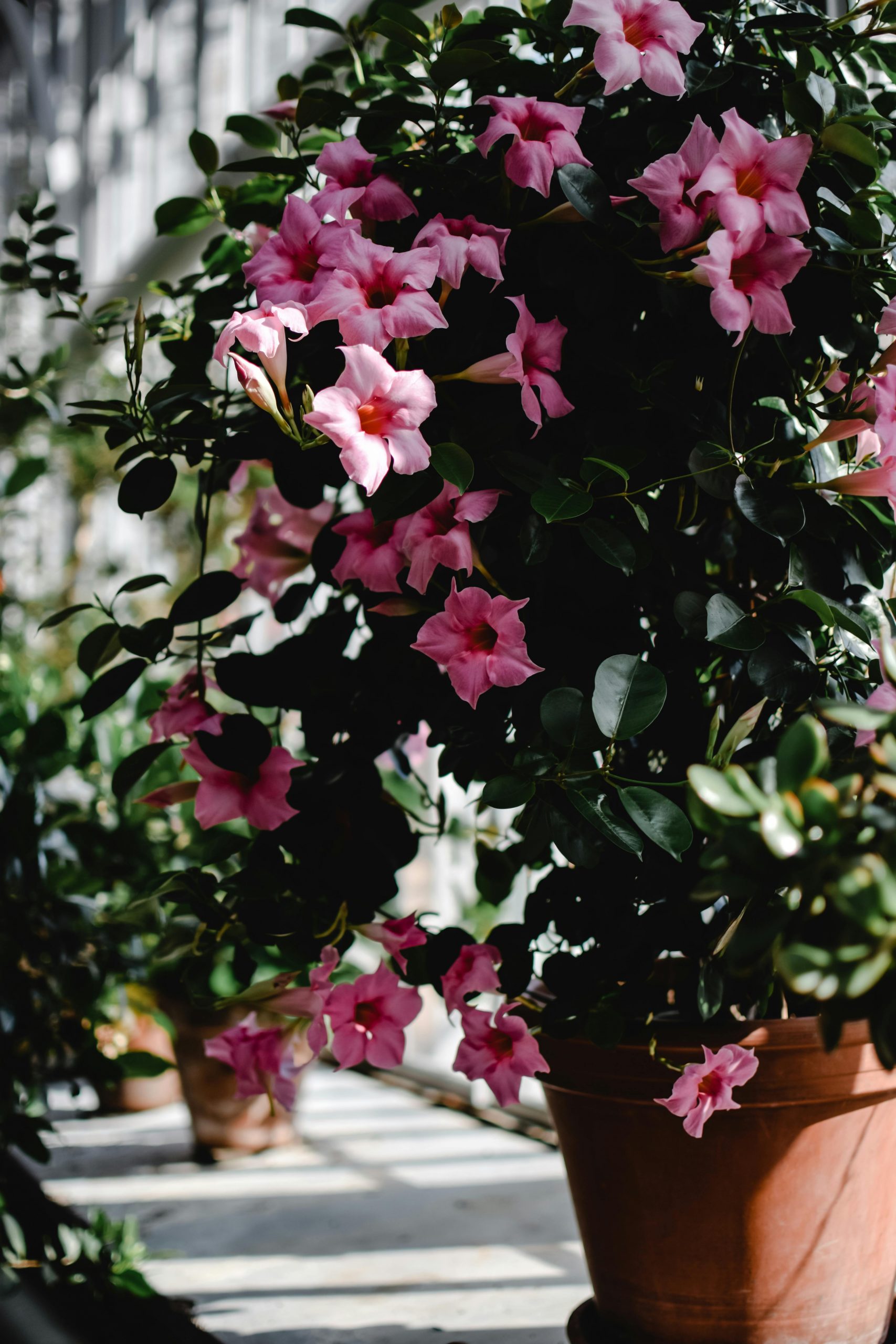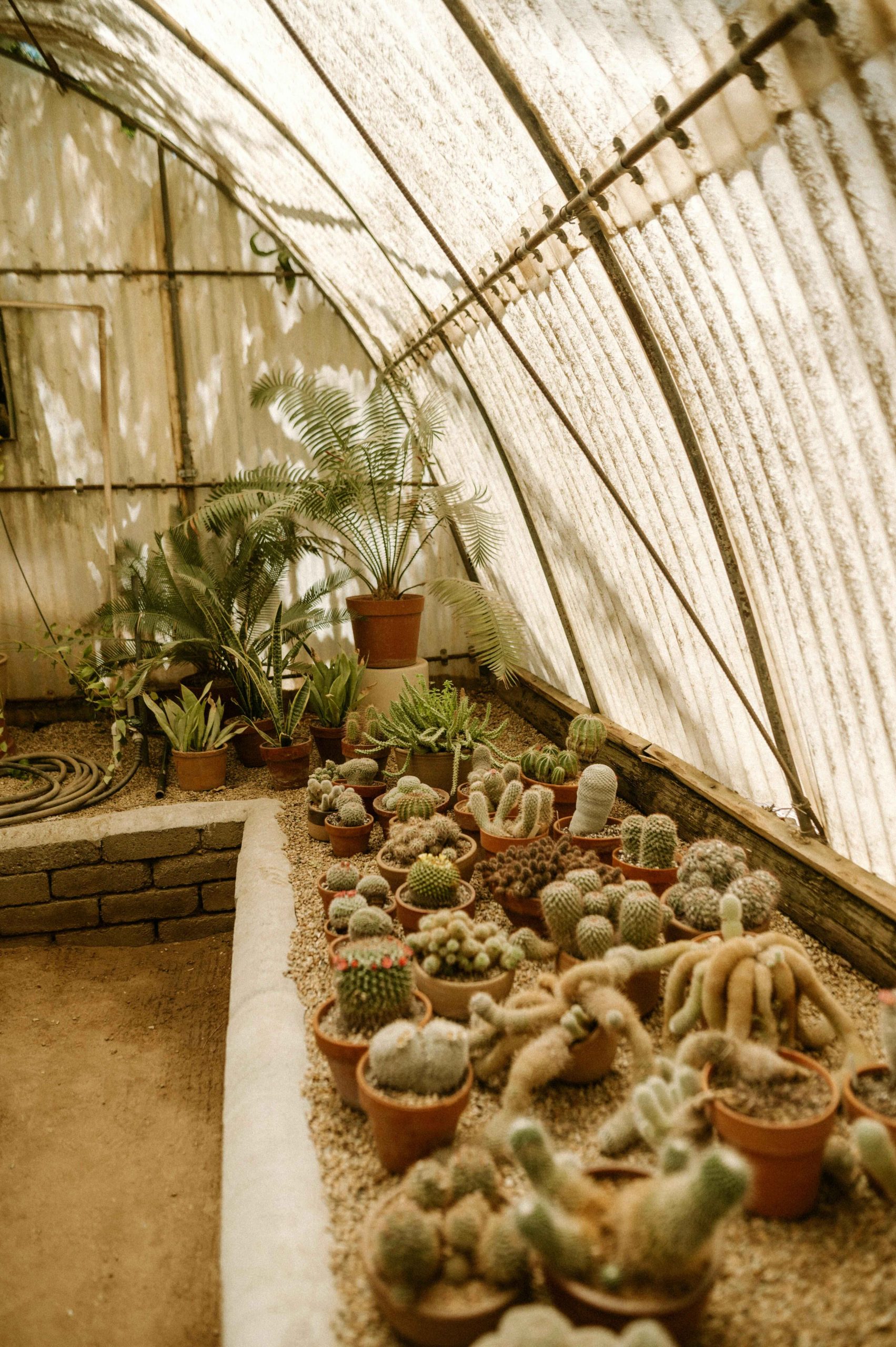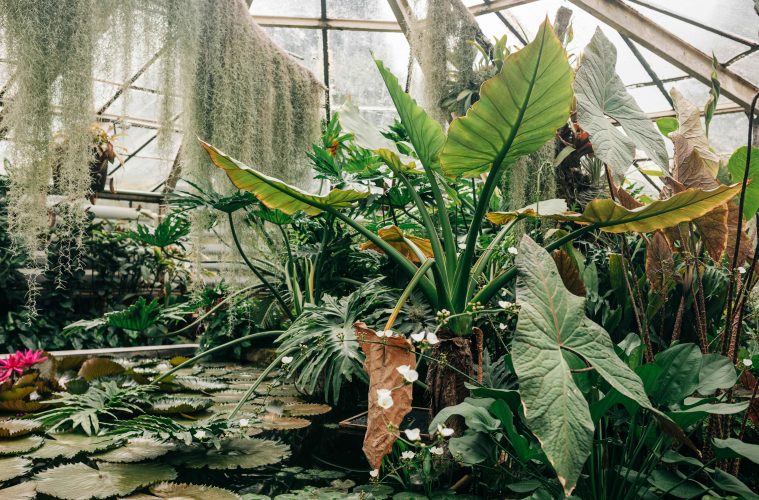While some plants may thrive in a variety of conditions, conservatory plants benefit more from a humid environment. So if you’re looking for conservatory plants in your garden, this round-up is for you.
Conservatory plants will turn your garden room into a year-round, lush and leafy retreat. These plants blur the lines between inside and outside growing. Conservatories are these sheltered, brightly lit environments that contribute to the growth of many plants. They can include some house plants and tender outdoor plants. Conservatories can either be heated or not.

Image Credit: Pexels
Best conservatory plants
Bougainvillea
Bougainvillaea plants are a familiar sight along the Mediterranean in the summer months. These climbers will grow happily in a conservatory, where they will provide colour throughout summer. Bougainvillaea climbers are ideally suited to growing in sunny, humid environments. Having them inside conservatories works, as they’re frost tender, so they can’t be grown outdoors all year round.
Mandevilla plants
These tropical plants provide the right splash of colour in your warm conservatory. It is a climber, with trumpet-like flowers that come in shades of red, pink or white. Conservatories are used to shade it from the scorching sun. During the wintertime, these plants are likely to lose their leaves, so it is best to keep them in heated conservatories.

Image Credit: Pexels
Cacti
Like most succulents, cacti come from desert regions and can cope with little water and extreme temperatures. The only way they can survive winters is if placed in a cool conservatory with their compost kept on the dry side. There are a variety of cacti to choose from, coming in different shapes and sizes to suit your style.

Image Credit: Pexels
Caring for conservatory plants
Conservatories can get very hot in summer, and the air can become dry. This does not suit most plants and can encourage pests. There are ways you can provide extra humidity by sitting pots on a dish filled with pebbles or gravel and topped up with water, or by misting the leaves regularly. You will also need to water the plants regularly. In winter, it is the opposite, reduce watering. This is important as most plants in your conservatory are not actively growing over winter. If they are sitting in cold, wet compost, their roots are susceptible to rot, which will kill them.
ALSO SEE: HOW TO BUILD A STUNNING DIY VERTICAL GARDEN AT HOME
Feature Image: Pexels

